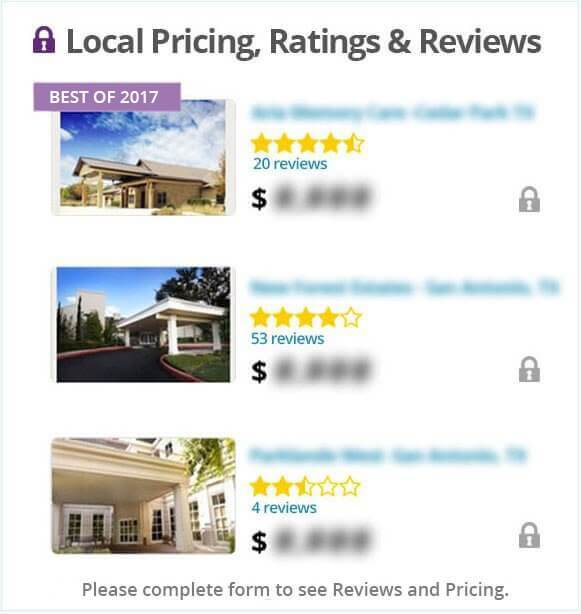We have written quite a bit lately about many of the myths and misunderstndings around assisted living, and we received an email that highlights the “untruth” that assisted living is only for seniors.
The email we received today is as follows:
‘I have a family member (a cousin) who is 50 years old. She suffered a severe stroke 5 years ago and lives with her sister who is now dying of cancer. She is independent, but needs help with things like cleaning and paying the bills and getting groceries. We are looking for a hospitable, clean, friendly environment for which we could turn to when her sister passes. Can you tell me more about your facility, environment, and services and whether this would be appropriate? Thank you.’
Younger people unfortunately can be stricken with illnesses and disorders that, if there is no immediate family present – or a dedicated and loving friend or two that would have the time, energy, patience, and money to become a full-time caregiver – will need help in the form of long-term care or assisted living. Young Onset Parkinson’s, Cancer and Dementia can, at times, hit early, and hit hard.
We’ve seen messages come through our site asking about assisted living for people as young as their 30’s.
Obviously, assisted living in general has been evolving over the years – and there are facilities that cater to just about anything from faith-specific facilities to facilities dedicated to, or friendly to ‘alternative lifestyles.’ What I haven’t seen really, is a facility that is geared almost exclusively toward a younger population.
I think it would be an interesting and possibly successful business model.
However, one of the most immediate challenges I would anticipate with such a model, is that if you had a facility dedicated to younger folks – say, for people from 20 to 50, for example – what would you do when they are past the age range or limit – would they have to move out?
So, perhaps the better plan would to have a dedicated percentage of a facility’s population go to younger residents. Then, they would have the option of staying if the wish once they pass the cutoff. Maybe a 60/40 split. That way, there would be a community of people within the facility who have their age in common – which, I think, could help foster a sense of community and belonging with the younger population needing assisted living. Anyways – just a thought!



I think the idea of having a 60/40 split of younger people mixed in with more mature patients is a great idea. It would be a wonderful way for the young folks to get adjusted and would provide more it would help more experienced residents to develop a well rounded community. Here at http://www.hollyhillhealthcare.com/ we have a variety of age groups and the residents seem to really enjoy interacting with one another.